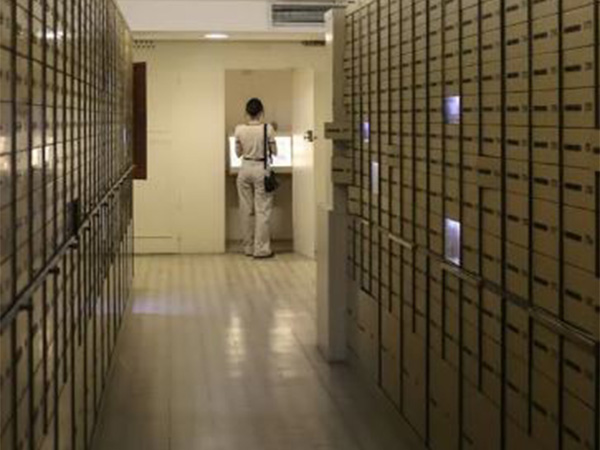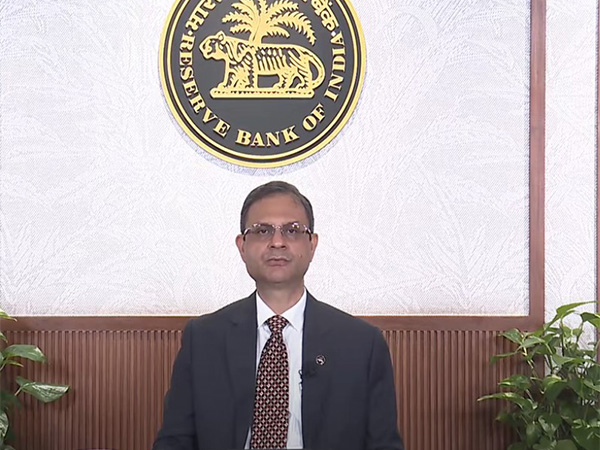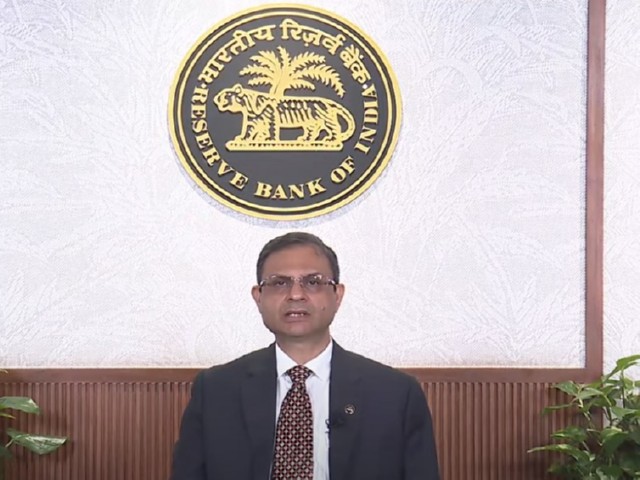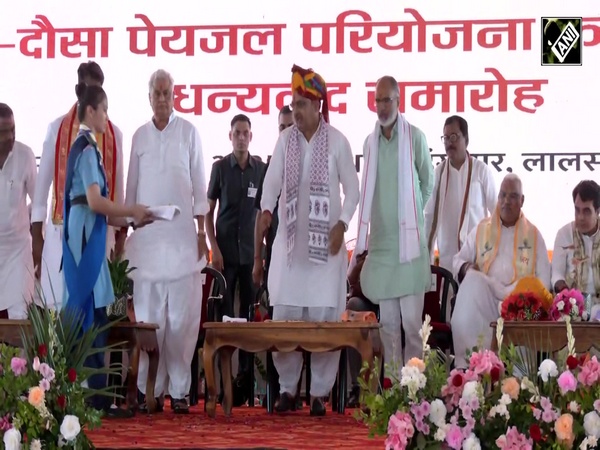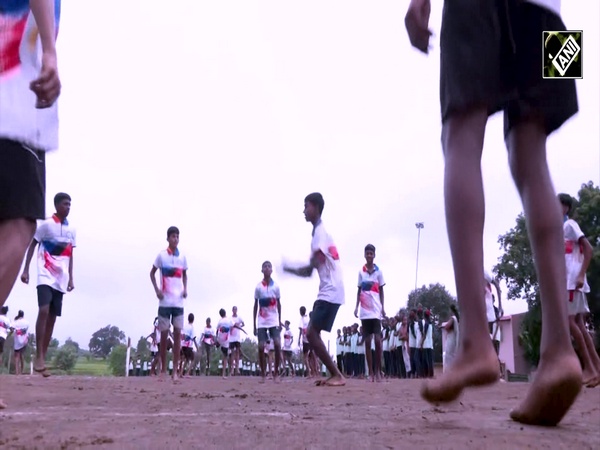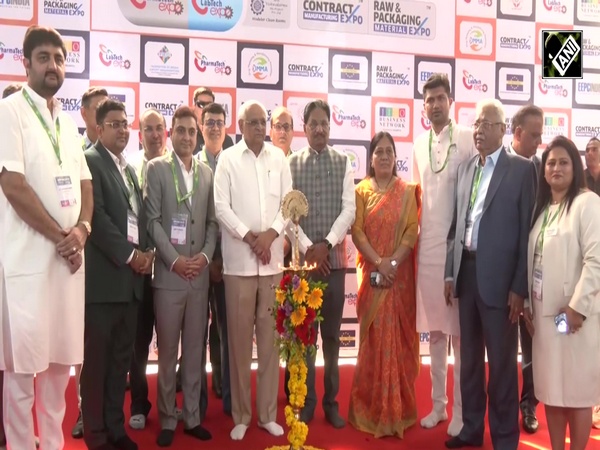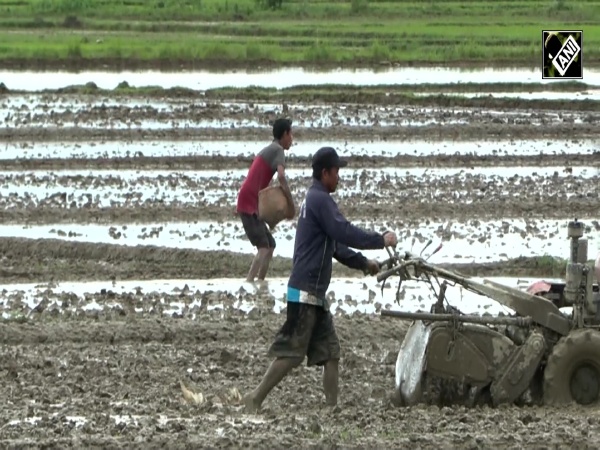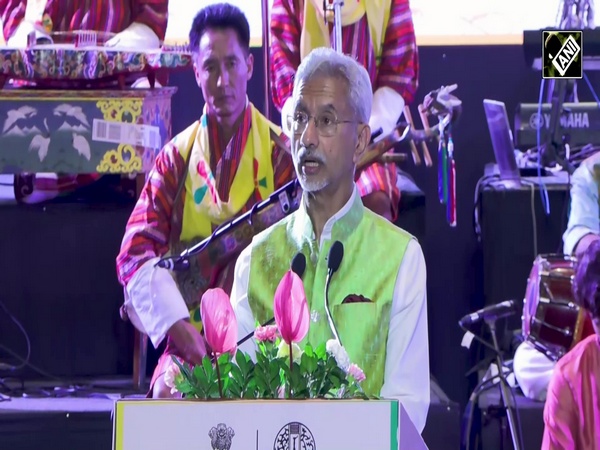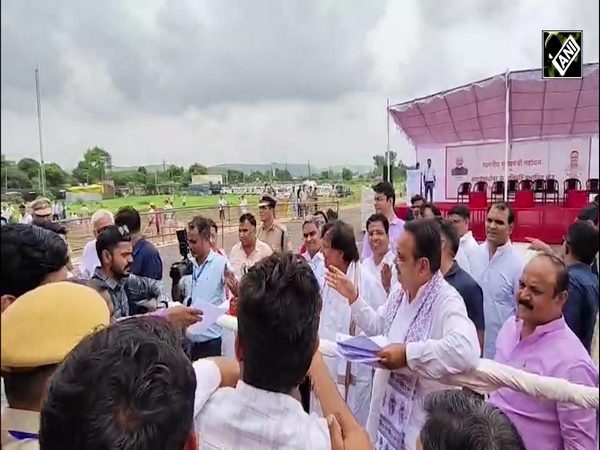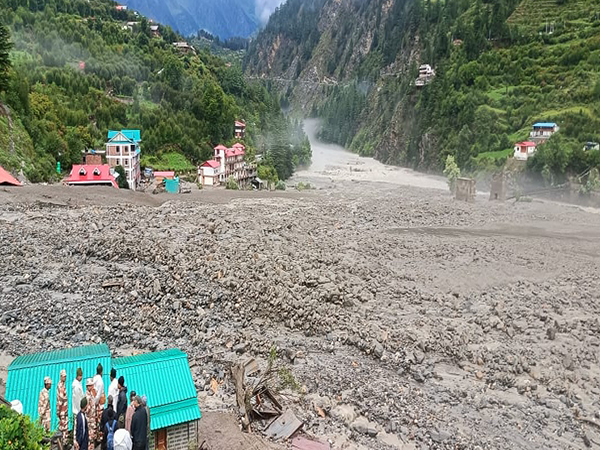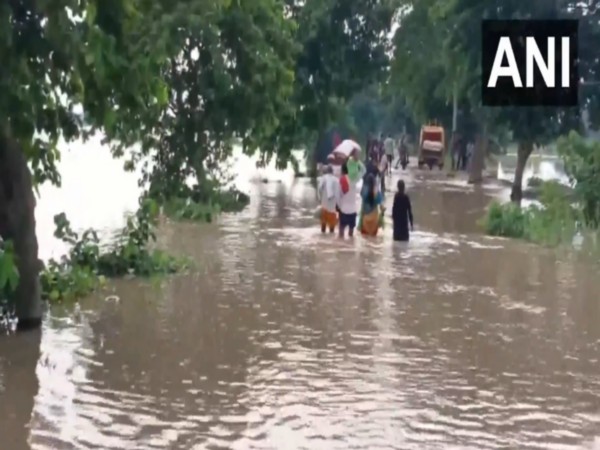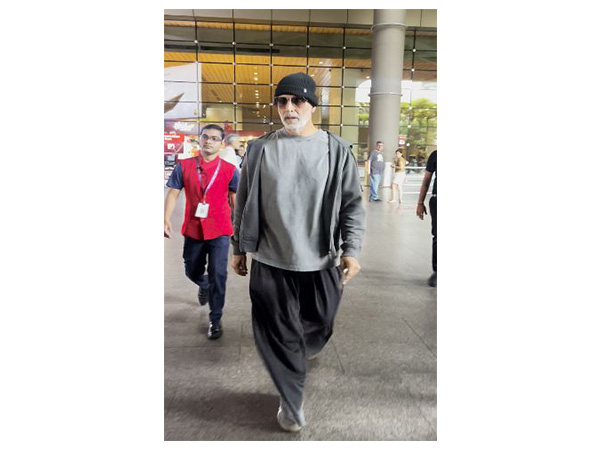
Why India Is the Fastest-Growing Aviation Industry in the World
Jun 21, 2025
India PR Distribution
New Delhi [India], June 21: India's skies are busier than ever. Recently released industry forecasts show India now handles about 174 million air passenger journeys (2024), making it the world's third-largest air market. Boeing projects South Asia - driven by India's booming middle class - will see 8% annual traffic growth over the next 20 years. In practical terms, India's domestic airlines are adding dozens of new aircraft: CAPA India estimates 1,500-1,700 planes on order for the next few years, expanding the combined fleet of Indian carriers well beyond the current ~800 aircraft. In short, India is the fastest-growing aviation industry globally, led by robust consumer demand and expanding route networks.
Soaring Statistics - The numbers speak volumes. An updated Ministry of Civil Aviation report predicts Indian passenger traffic will jump ~80% from 222 million in 2023-24 to ~400 million by 2028-29. Correspondingly, the active fleet is set to surge from about 813 aircraft to ~1,300 in five years. Infrastructure is rushing to keep up: India has already approved or built 21 new greenfield airports, and since 2014 12 new airports (like Kannur, Kushinagar, Mopa) have come online. The government's Regional Connectivity Scheme (UDAN) has been another boon - in its 9th year it has operationalized 619 routes and 88 airports, and plans to reach 120 destinations. With this momentum, industry experts note that India's aviation expansion far outpaces global trends, cementing its reputation as "the fastest-growing aviation market"
- Passenger Growth: From 222 million to nearly 400 million journeys (2023-29).
- Fleet Expansion: 813 to ~1300 aircraft (2023-28).
- New Airports: 12 greenfield opened since 2014, 21 more approved.
- UDAN Connectivity: 619 routes, 88 airports linked (goal: 120 destinations).
India's Aviation Growth & Future Plans: PM Modi's Vision
In a recent address during the IATA AGM--hosted in India after 42 years--Prime Minister Narendra Modi outlined India's remarkable progress and ambitious future in aviation. Since 2014, operational airports have more than doubled from 74 to 162, with plans to reach 350 by 2047. India now stands as the third-largest aviation market globally, with over 2,000 new aircraft on order.
The country's MRO (Maintenance, Repair & Overhaul) infrastructure has grown from 96 facilities in 2014 to 154 today, driven by 100% FDI via the automatic route, reduced GST, and rationalised taxation. PM Modi also highlighted India's growing leadership in space-aviation convergence, with visions for commercial space flights and interplanetary journeys.
India boasts the world's most inclusive aviation workforce, with 15% of pilots being women, triple the global average. By 2030, cargo volumes are expected to rise from 3.5 to 10 million metric tonnes, and India is on track to become a $4 billion MRO hub.
PM Modi emphasized that India must be seen not just as an aviation market but as a global value-chain leader.
Government Initiatives and Infrastructure
Government policies are turbocharging growth. The UDAN scheme (Ude Desh ka Aam Nagrik) has democratized air travel by subsidizing routes to small cities, bringing tens of thousands of additional passengers into the market. Ambitious airport projects are also under way: construction on the new Navi Mumbai International Airport is advancing with a target opening in late 2025, and the Jewar (Noida) greenfield airport is planned soon. In fact, the Civil Aviation Ministry has earmarked ₹91,000 crore for airport development and aims to build 50 more airports in the next 5 years. All these steps - from runway expansion to modernized air traffic systems - create jobs and capacity to sustain India's sky-high growth.
Global Crew Shortage and India's Talent Gap
A shortage of trained crew is already evident. Industry analysts warn that the pilot and cabin crew deficit has become "far more serious" than previously estimated. For example, Indian carriers plan to add 82 aircraft in FY2024-25 (taking the fleet to ~812 planes), but finding trained pilots and crew to fly them remains a challenge. Globally, demand is even larger: Boeing forecasts 674,000 new pilots and 980,000 new cabin crew will be needed worldwide over the next 20 years. In South Asia alone (driven by India), Boeing projects a need for 37,000 pilots and 38,000 technicians by 2042. In short, while India's aviation sector rockets upward, the supply of trained aviators and flight attendants must accelerate to match it.
Crucially, India's training system is designed for fast entry into airlines. A Commercial Pilot License (CPL) in India requires just 200 flight hours of training, whereas in many Western aviation markets pilots typically accrue several thousand hours (over 5-8 years of flying) before securing airline jobs. This gap means India can quickly produce new pilots - but it also means these pilots need robust theoretical and practical instruction to meet global standards.
Training India's Aviation Talent
The flip side of the shortage is opportunity: tens of thousands of aviation jobs are opening up, and training institutes are gearing up to fill seats. India offers high-quality, modern flight schools at a fraction of the cost of training abroad - making pilot careers achievable for a broader pool of aspirants. For example, established institutes like Airline Prep School (ALPS) in Mumbai and Pune have been in aviation training for over a decade. ALPS boasts a proven track record ( over 660 commercial pilots placed, roughly "1 in every 29" Indian pilots), and it provides comprehensive courses and test prep tailored for the booming market.
- Career Programs: ALPS offers a range of courses including Commercial Pilot License (CPL) course in India, ATPL theory training in India, and Pilot Cadet Exam preparation for aspiring pilots.
- Simulators & Facilities: Students get hands-on practice with tools like the A320 Fixed Based Simulator training, and study modern flight decks.
- Support Courses: Foundational screening and aptitude tests are also covered, such as COMPASS and Psychometry test preparation courses that groom candidates for airline assessments.
- Cabin Crew Training: The institute also trains cabin crew - see its Cabin Crew training at ALPS - helping fill the parallel shortage of flight attendants.
With such programs, ALPS addresses key industry needs. As one ALPS instructor notes, many students who ask "Why choose ALPS for aviation training?" find the answer in the school's outcomes and faculty - experienced airline pilots and psychologists who ensure candidates are airline-ready. ALPS alumni fly across India and abroad, making the school one of the country's most respected pilot-training academies.
Aspiring aviators can learn more about India's training ecosystem by checking out the latest aviation training insights on our blog. Whether you aim to be a captain or cabin crew, resources like ALPS's specialized courses exist to guide your journey.
If you're considering an aviation career, now is the time to act. Contact Airline Prep School in Mumbai or Pune or your nearest academy to explore courses, scholarships, and career guidance. Demand is at an all-time high, and flight schools are enrolling for new batches. Airlines in India are recruiting actively, and global carriers also prize well-trained Indian pilots. In this unprecedented growth phase, qualified candidates will have their pick of roles.
Inspiring the Future: India's aviation ascent means the sky truly is the limit. With robust industry growth, supportive government policy, and top-notch training programs like ALPS, a career in the skies has never been more attainable. "If you've ever dreamed of flying or serving in the skies," remember that India's aviation ascent and institutes like ALPS are your runway to success.
(ADVERTORIAL DISCLAIMER: The above press release has been provided by India PR Distribution. ANI will not be responsible in any way for the content of the same)
